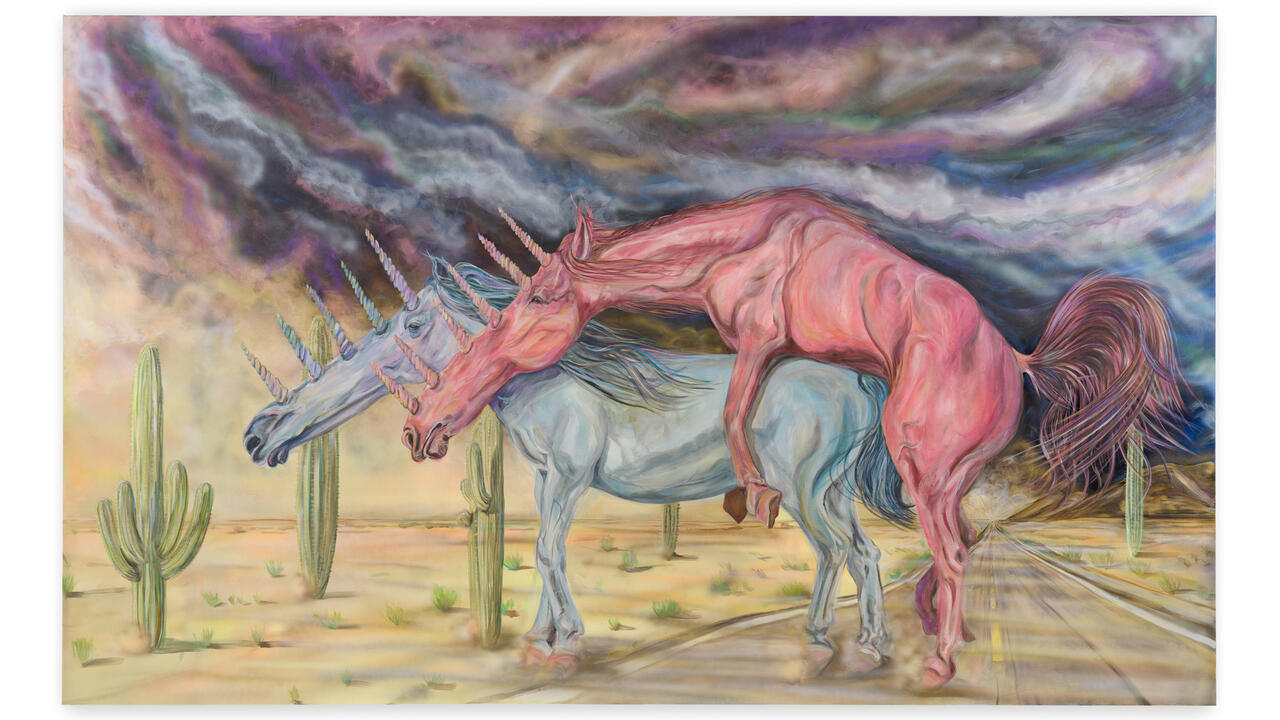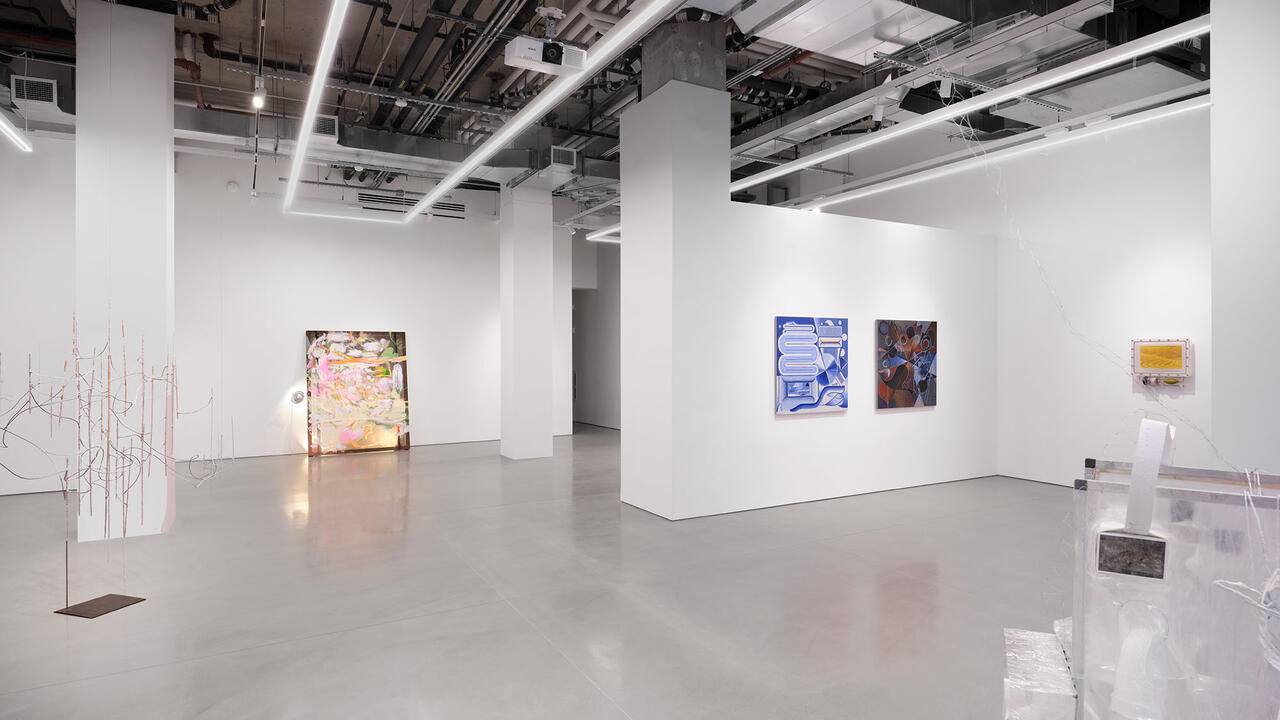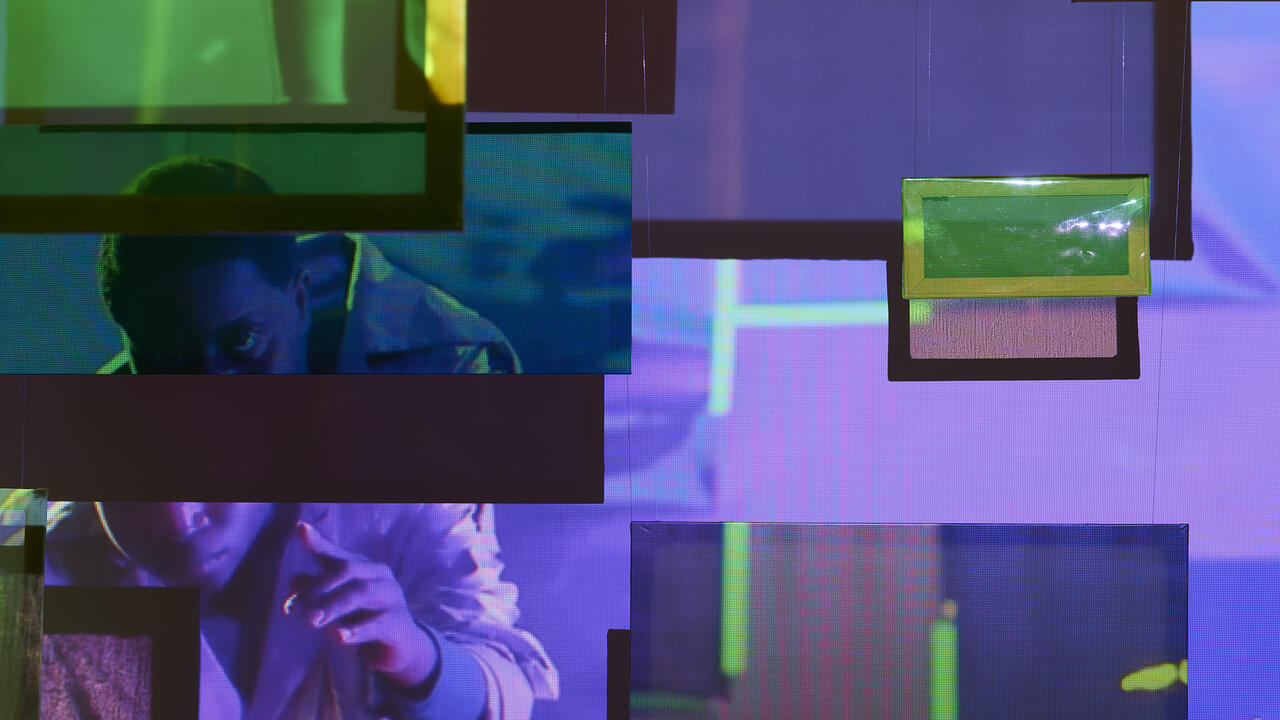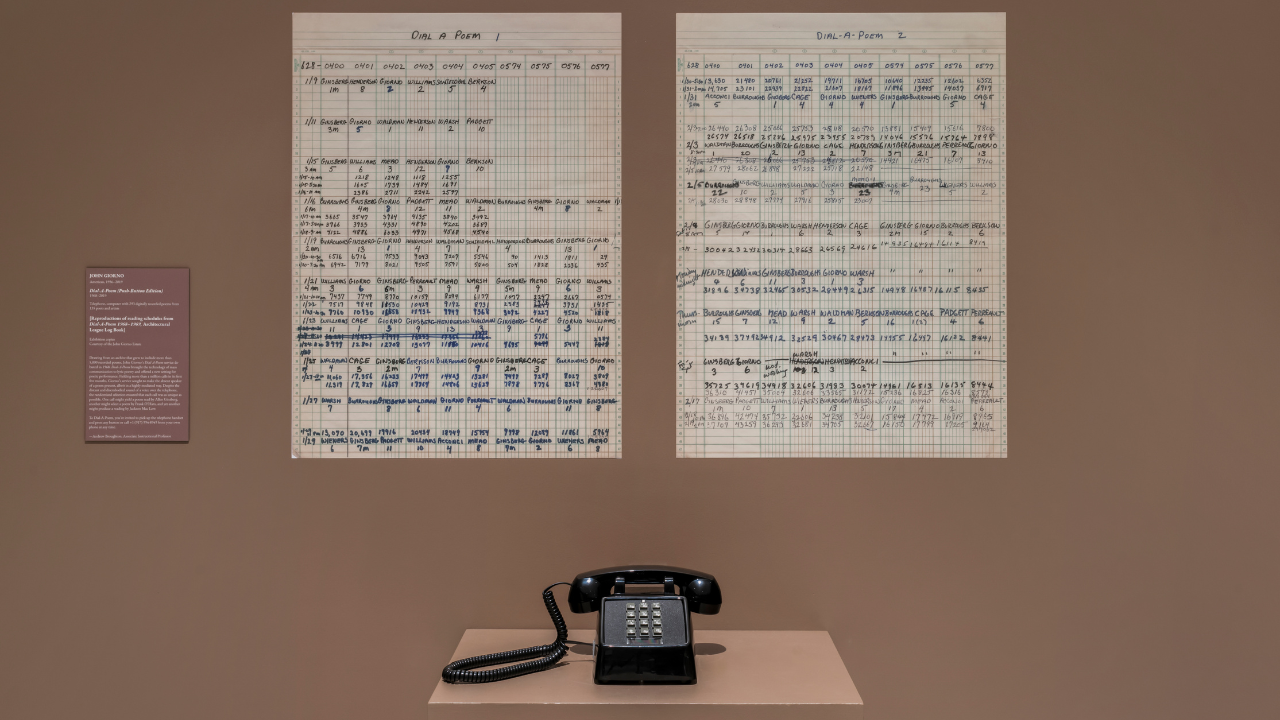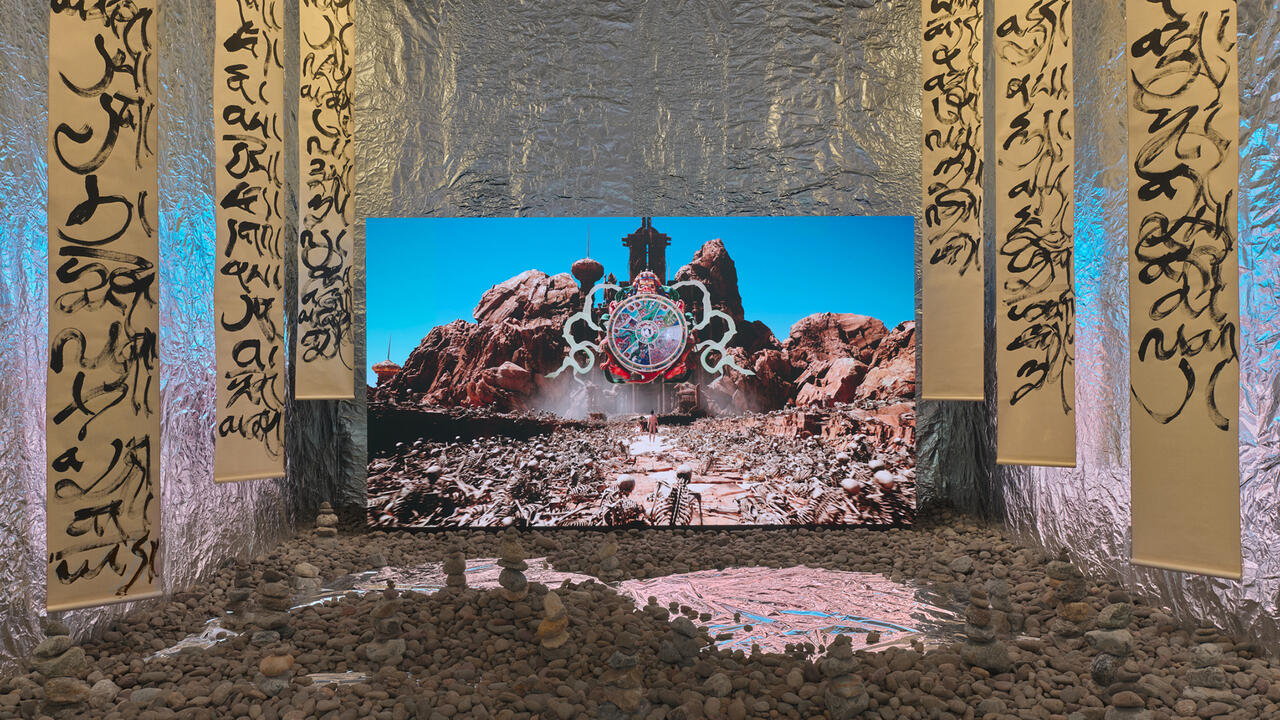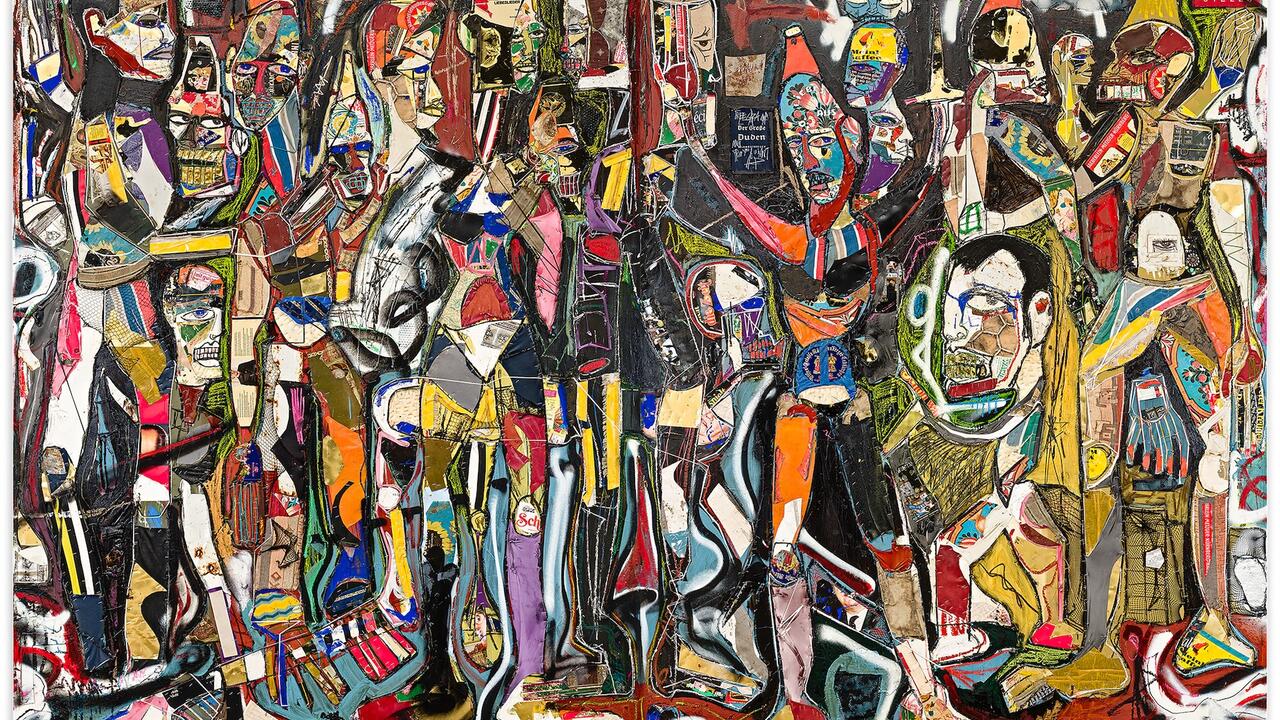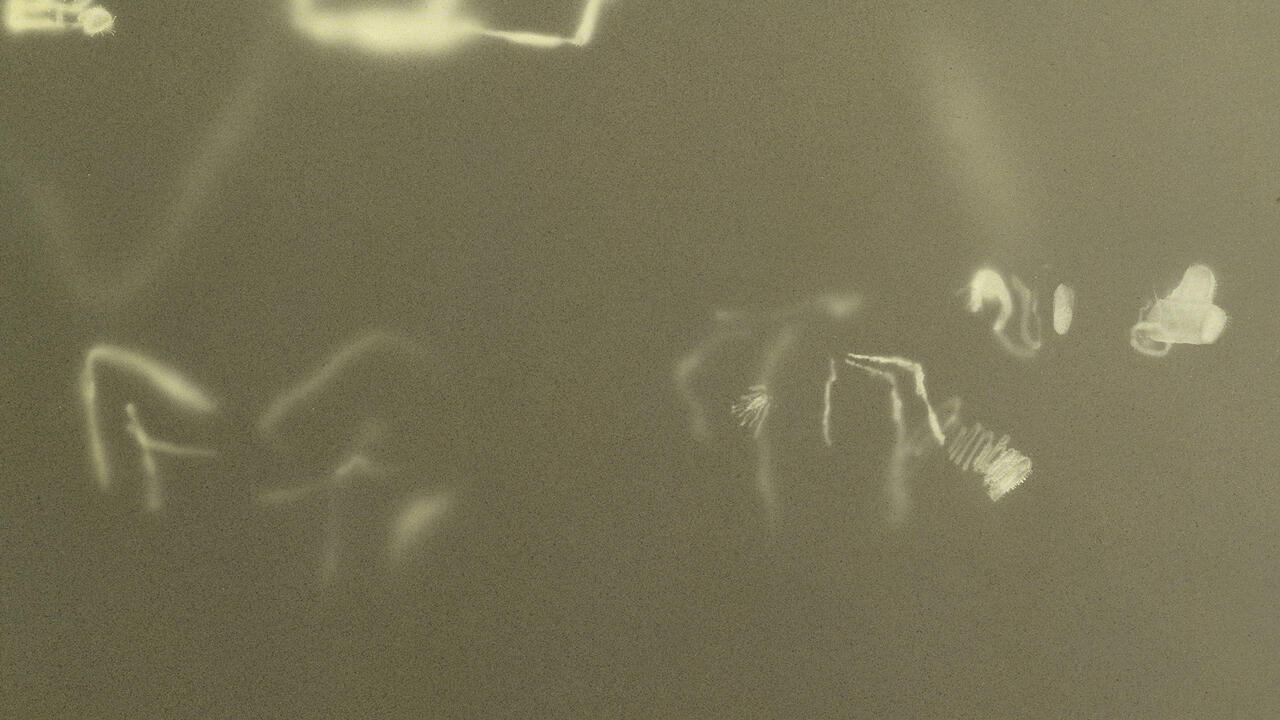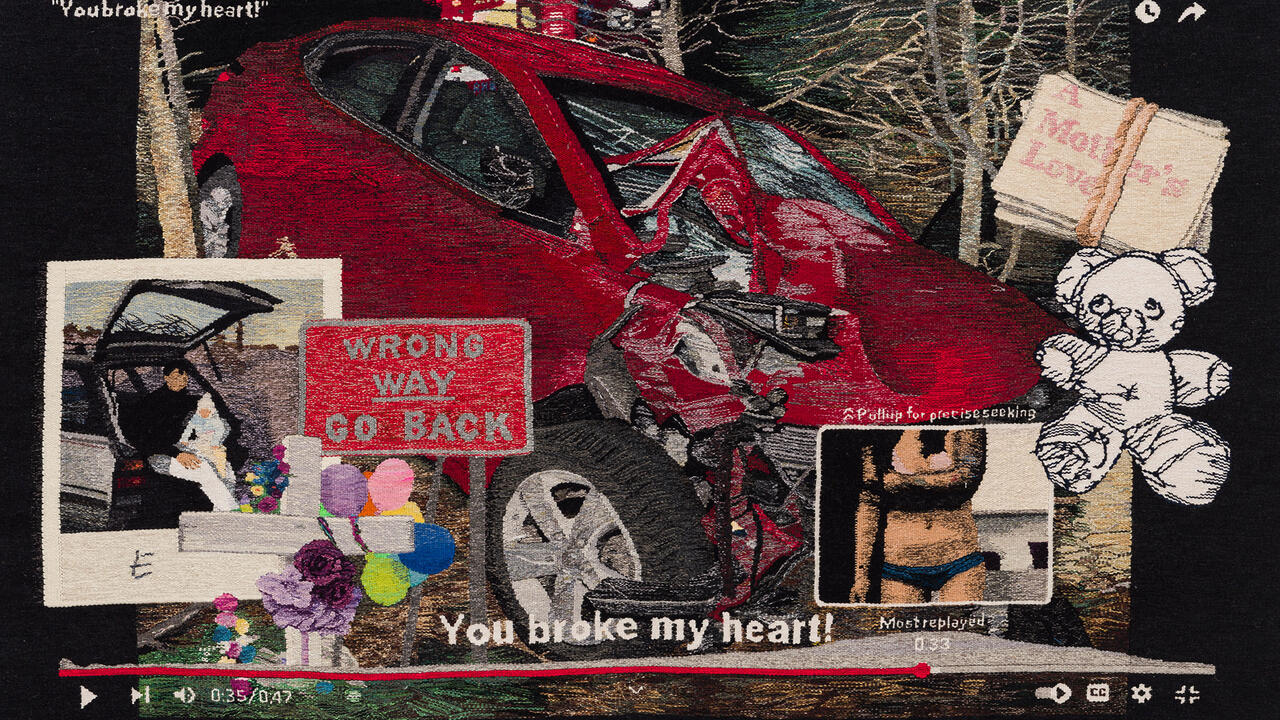Blackness in Abstraction
Pace Gallery, New York, USA
Pace Gallery, New York, USA

The thesis underlying ‘Blackness in Abstraction’ – arguably the marquee gallery show of the season – was first articulated in 2015 by curator Adrienne Edwards, in an eponymous essay for Art in America. In it, she argued that: ‘Blackness, in the fullest sense of the word, has a seemingly unlimited usefulness in the history of modern art.’ For the exhibition at Pace, Edwards draws together early modern and postmodern works – from Louise Nevelson to Fred Sandback – along with more contemporary interventions by Ellen Gallagher, Glenn Ligon, Rashid Johnson and others.

Sometimes, these juxtapositions provide stark studies in materiality: for instance, the reflective black surface of Johnson’s wax, soap and tile work The Collapse (2012), evoking an urban streetscape, hangs near a recent Robert Irwin (Black Painting with Blue Edge, 2008–09), which seems, at once, to attract and repel light. The latter’s ultra-smooth application of polyurethane paint imbues the piece with a sense of aeronautical engineering rather than artisanship. Elsewhere, more sociological and semiotic registers of blackness are brought to the fore. Ligon’s 17 pigment prints (Untitled, 2016) bear text from James Baldwin’s 1955 essay, ‘Stranger in the Village’, about the writer’s self-imposed exile in the Swiss alps. Gallagher’s group of four paintings, Negroes Battling in a Cave (2016), is a direct reference to handwritten marginalia found on the edge of one of Kazimir Malevich’s iconic black square paintings.
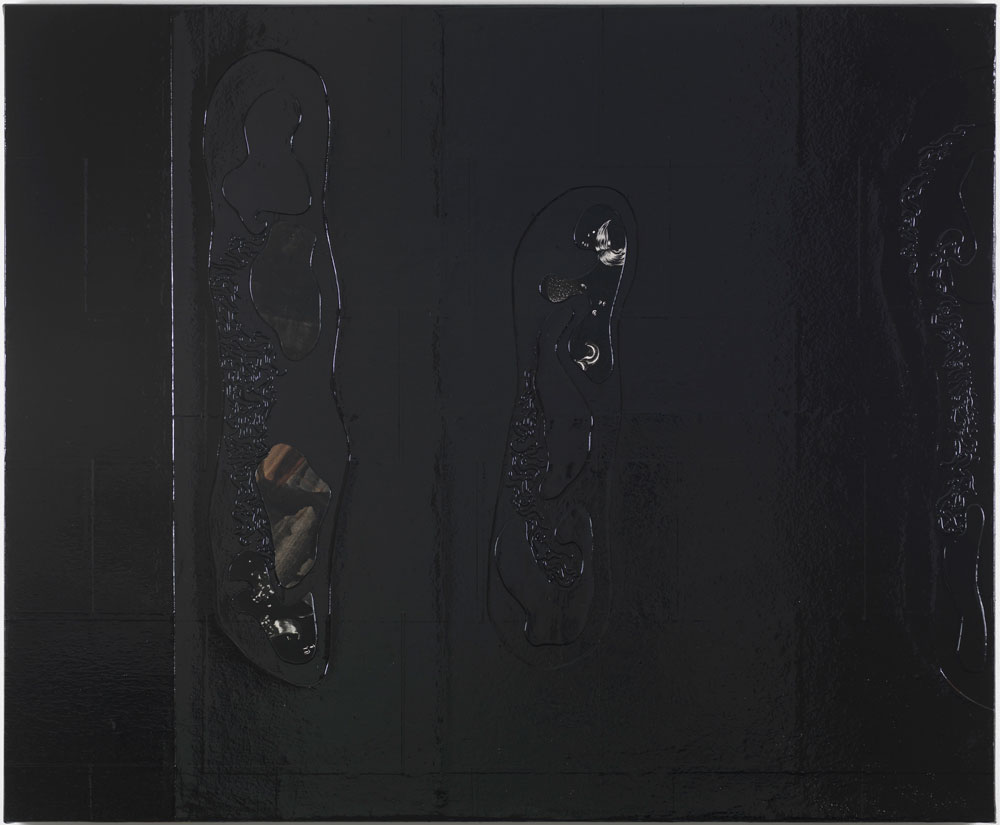
‘Blackness in Abstraction’, then, seeks to address the central conflicts that continue to bedevil abstraction itself: an artistic zone in which purity has long been staged against the imminent or the social; in which dark is pitted against light, good against evil, presence against void. That modernism has always both mined and marginalized the cultural practice of black artists is not a new revelation; but the ways in which such appropriations and revisions are glossed over by formalist discourse is brought into jarring focus by the works on display. This is a genealogical show, one that tracks the history of an idea or a technology; what saves it from arbitrariness is the undeniable symbolic and material overdetermination of the term ‘blackness’ itself.

There are, of course, moments when the rubric is stretched thin. Jonathas de Andrade’s photographs lack sufficient space for their conceptual rigor to unfold; the black and tan flags by the usually excellent Fred Wilson seem merely to update a tired conceit; and it would be easy to mistake Sui Jianguo’s steel cube for a 1960s-vintage Tony Smith. For all the strength of the catalogue, no text appears in the gallery, leaving visitors to encounter the works on a purely phenomenological level (although this is rewarding in other ways). With Jason Moran’s elegiac piano score to Ligon’s The Death of Tom (2008) wafting through the space on a loop, ‘Blackness in Abstraction’ can, at times, feel like a gothic art auction or a bizzaro Robert Ryman retrospective – all meditations on different registers of monochromatic tone and texture.

The show is most compelling when it asks the viewer to see earlier works – often outliers in the field of individual careers – in light of new trajectories, or when it pushes blackness beyond the associational and into deeper psychic channels, as in William Pope L’s unsettling Blind (2015), a dark window cut from the gallery wall, like a literal aperture or escape hatch. The most powerful moment is the pairing of a diminutive black totem – Sol LeWitt’s rough-hewn Early Wood Structure (1962) – before a massive wall that serves as substrate for a performance piece by Wangechi Mutu. For Throw (2016), Mutu blended paper with tea, ink and clay, allowing it to ferment. This living material draws the abject into an otherwise fastidious space, and the resulting encrustation on the wall is at once entropic and uncanny. Ultimately, Edwards attempts (and largely succeeds at) a reckoning between deep formal and cultural legacies that are often at odds. It is no small feat to behold.
Main image: Glenn Ligon, Untitled (detail), 2016, 1 of 17 screenprints, published by Axelle Editions, New York, each: 91 x 66 cm. Courtesy: the artist, Luhring Augustine, New York, Regen Projects, Los Angeles, and Thomas Dane Gallery, London © Glenn Ligon; photograph: Farzad Owrang









